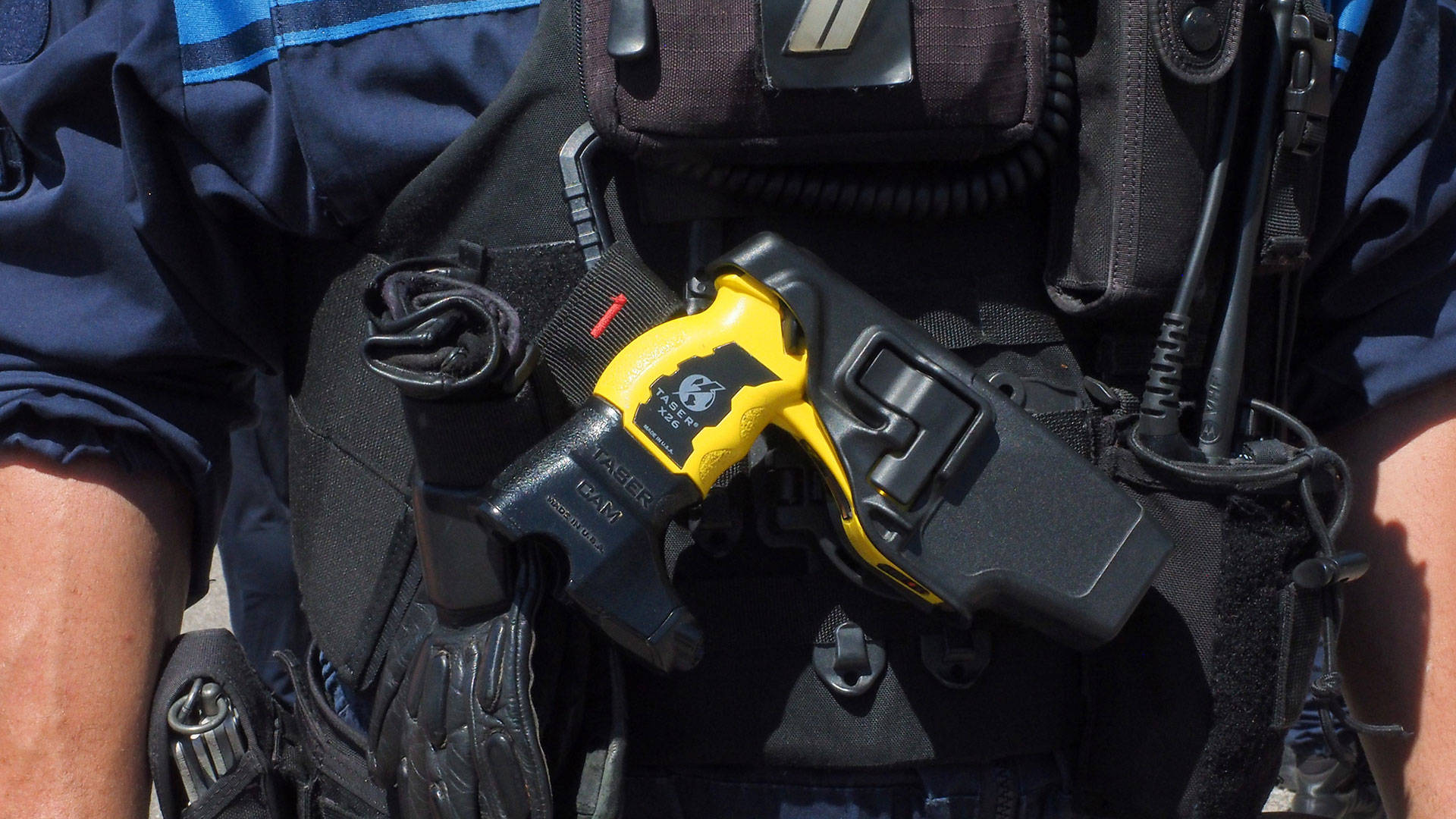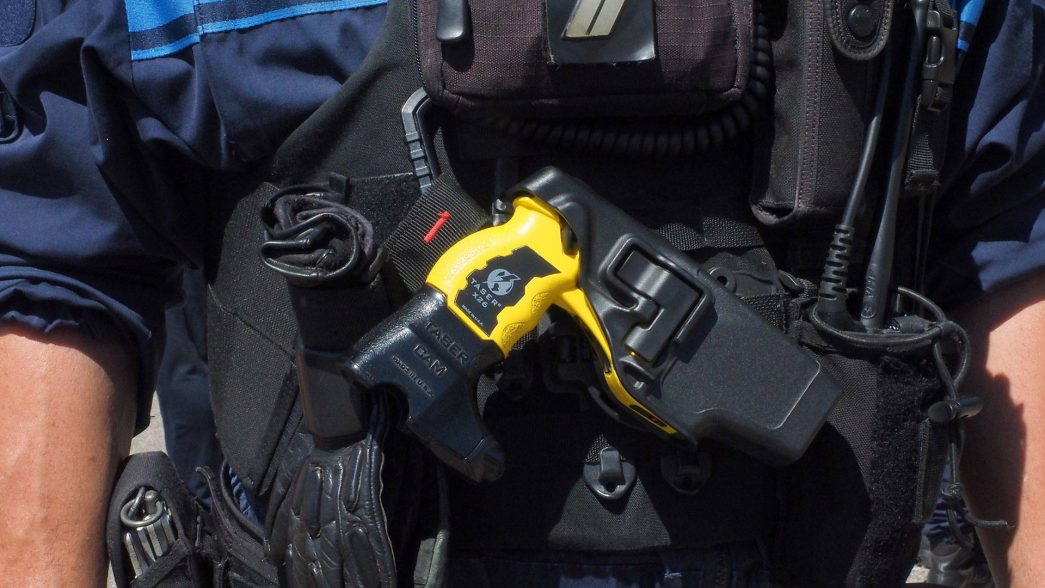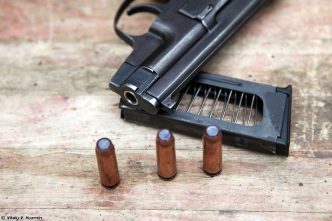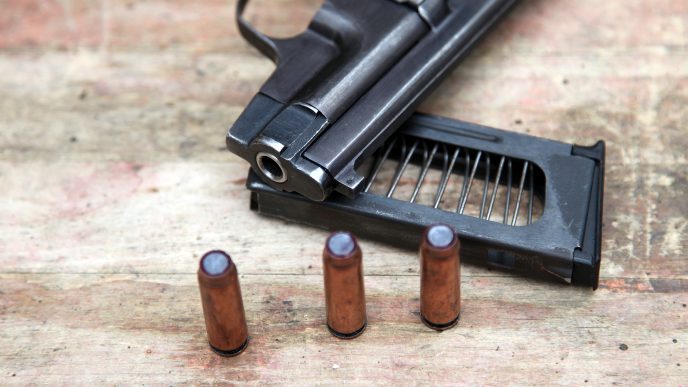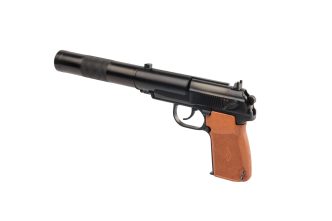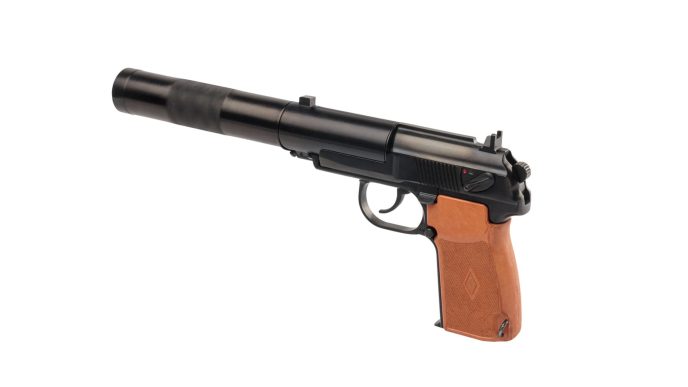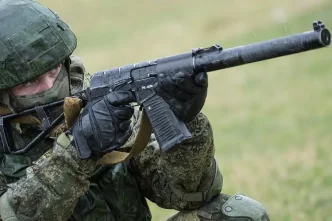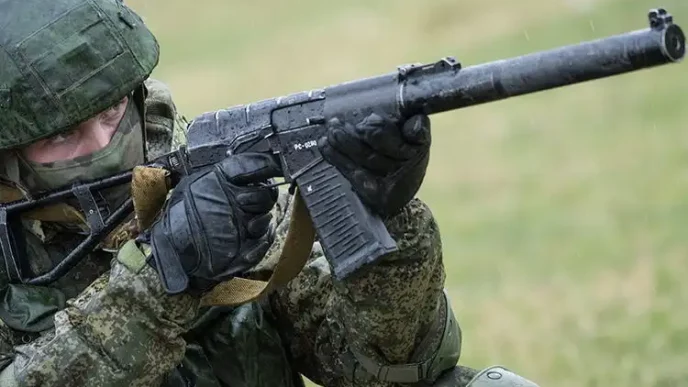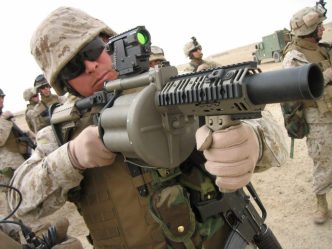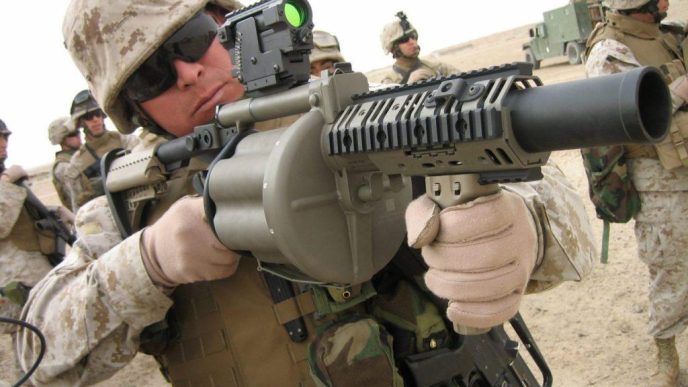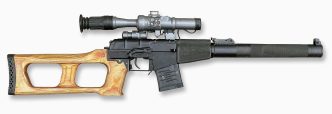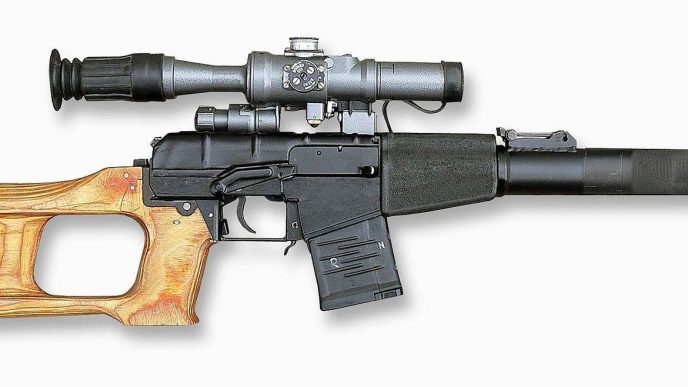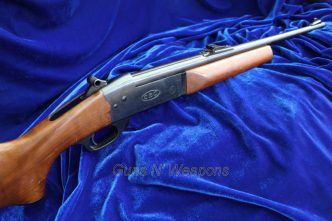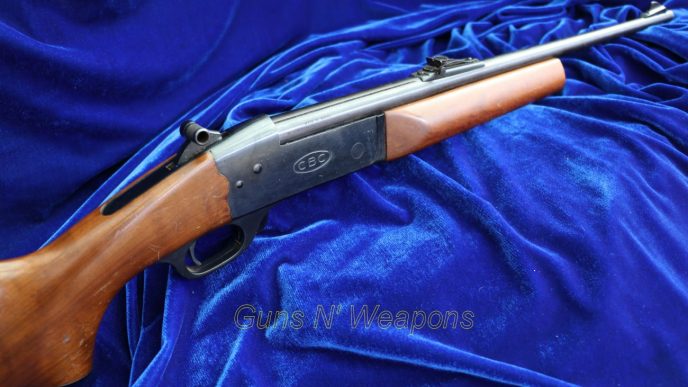Modern military operations, particularly peacekeeping missions, have created new challenges for soldiers. In these situations, using lethal force, such as a standard military rifle, is often not an option as it is important to minimize casualties. New technologies have been developed to meet these demands, including stun devices like the Taser from the American company Taser.
Introduction
Gone are the days when armies focused solely on waging wars and causing the enemy as much damage as possible. The end of the Cold War marked a significant shift in the role of modern armies, which are now more likely to be involved in humanitarian and political operations rather than strictly military ones. In these situations, it is not always appropriate to use a standard assault rifle. Peacekeeping operations should not become occupations, and aid should not be used as coercion. Maintaining public order and dealing with rioters and troublemakers often requires methods other than traditional military force.
Non-lethal weapons
Military tasks have become more similar to those of the police, leading to increased use of police equipment and procedures in the military. In general, the police use lethal force only in extreme emergencies. They have developed various non-lethal methods for maintaining public order, ranging from simple techniques such as physical force and clubs to high-tech solutions.
Armies have turned to police experience in maintaining public order, which has become an important part of their work in peacekeeping missions. Soldiers need training in martial arts, with and without weapons, to use physical force effectively and efficiently. This training typically takes several months and is usually provided to military police and special forces. The rest of the military is typically only taught basic martial arts, which may not be sufficient for modern challenges.
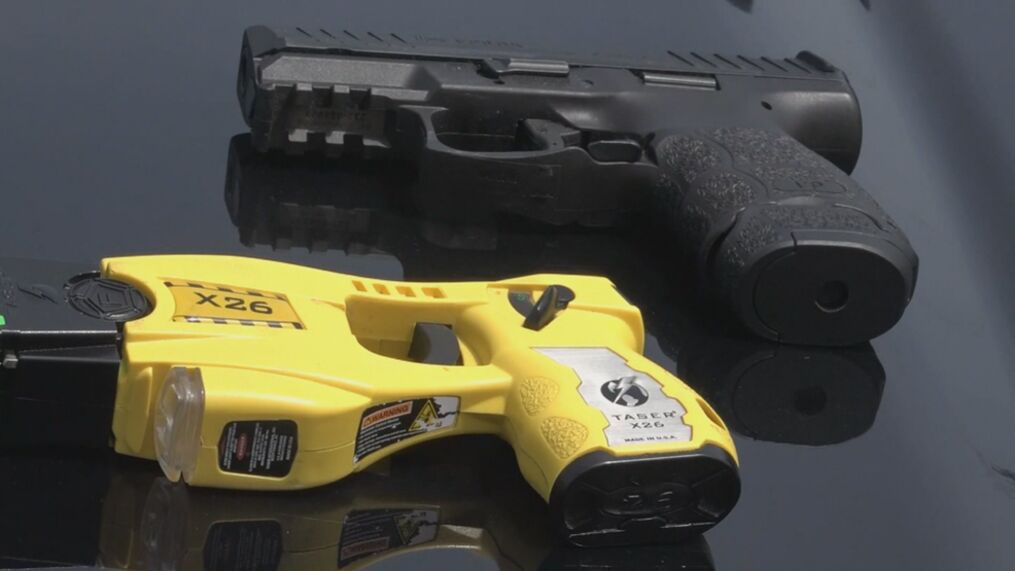
Tear gas can effectively suppress mass riots but can also spread easily through the air, affect innocent people, and require protective masks. It can also be difficult to use. The primary challenge is pacifying individuals who are aggressive and causing disorder without endangering innocent bystanders, those maintaining order, or seriously injuring the rioter. One solution is using a stun gun, such as the one manufactured by the American company Taser.
The Taser consists of a handheld device, which resembles a gun in the latest M26/X26 version, and contains a battery and two probes. The probes are fired at the rioter simultaneously, pulling wires connected to the device behind them. An electrical impulse, which is harmless but unpleasant, is then released, incapacitating the rioter. It is a voltage shock of around 50,000 V, with a strength of 2 to 3 mA.
Taser has been on the market since 1974 and has continued to evolve. A significant advancement was made about ten years ago when a new version of the system was developed to address the shortcomings of earlier models. Previous 7-watt Tasers had proven to be useful tools for the police. Still, it was observed that they sometimes did not work well against focused (aggressive, angry) individuals who sometimes continued to be aggressive even after the electroshock, despite experiencing pain and discomfort.
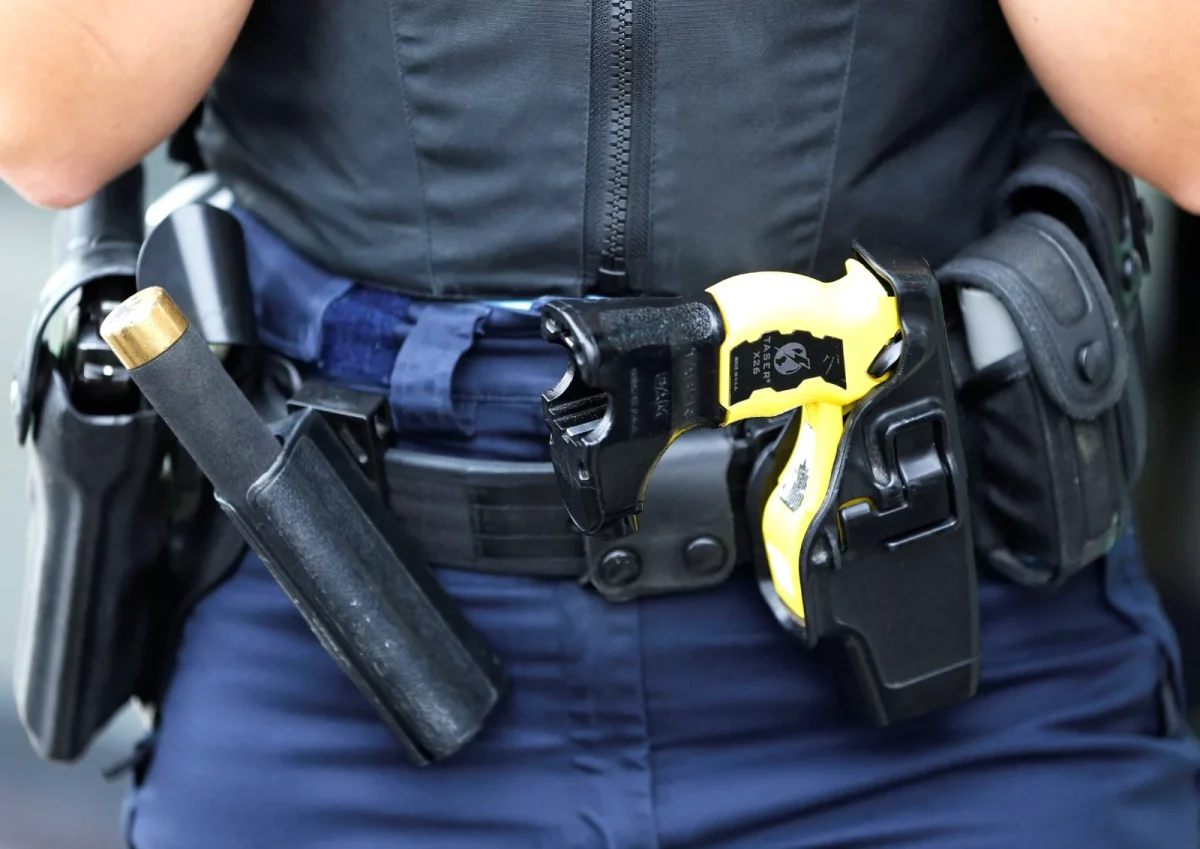
The company conducted experiments on anesthetized animals to improve the system to see if they could develop a more efficient device. They found that 26-watt, 1.76-J energy devices caused strong muscle contractions that instantly disabled conscious muscle activity.
Next, they began experiments on humans. Several hundred volunteers were “Tasered” with the new version of the device. The results were excellent, with all tested individuals instantly collapsing to the floor and unable to move. Recovery was quick, and volunteers could get up and stand without any long-term consequences aside from psychological discomfort within a few seconds of being tasered.
The success of the tests showed that the Taser is an effective and harmless weapon, as none of the volunteers reported any serious health problems after being tasered. Extensive medical safety tests have also been conducted on the device, with available results indicating that it does not cause negative consequences when used on healthy people. Studies of real-world practical use have shown that the Taser has the lowest rate of injured rioters and police officers of all non-lethal technologies and procedures.
It is worth noting that there have been documented cases of rioters dying after being tasered. These individuals were typically under the influence of heavy drugs at the time of the incident or had pre-existing heart problems. It is difficult to say with certainty whether the Taser was directly responsible for these deaths or if it was just one factor among many that contributed to the fatal outcome. However, the Taser has been used over 100,000 times in real situations. The extremely low rate of permanent injuries and even lower fatalities demonstrate that it is an effective and safe way to control rioters.
Taser X26
The Taser X26 model is the latest version in the 26-watt series and is a high-tech example of a non-lethal weapon for the 21st century. It is a small and lightweight weapon, measuring 153 mm long, 82 mm high, 33 mm wide, and 175 grams. It has an effective range of up to 7 meters and is powered by a lithium battery that allows 300 firings at a temperature of 25 degrees C. It can be used in temperatures ranging from -20 to 50 degrees C.
As an electronic device, the Taser X26 can be connected to a computer via a USB interface, and applications for Windows operating systems are provided. The weapon records and stores data on time, date, duration, energy, and battery condition for up to 1000 firings. This data can be transferred to a computer via a USB connection and saved as an encrypted file with the “.x26” extension. This allows for the monitoring and tracking weapon use and simplifies investigations if necessary.
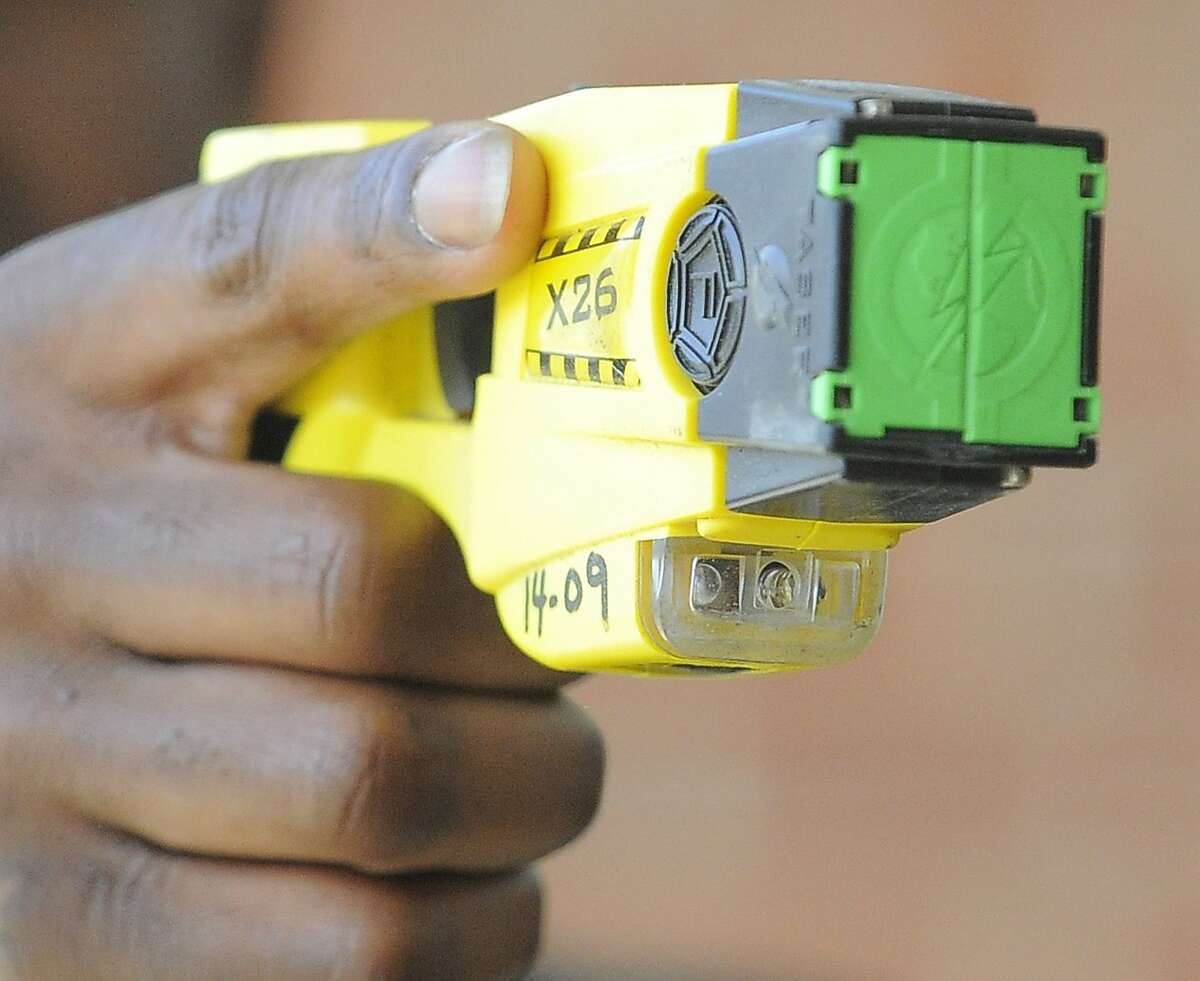
The Taser X26 has a laser sight for easier aiming and a double-sided lever brake that can be switched between “safe” and “fire” positions. The brake is located within easy reach of the thumb of the hand holding the Taser. The weapon has an injection-molded polymer and stainless steel handle and is also available in a left-handed version.
While the Taser was initially designed and marketed as a police weapon, there is no reason it could not be used in the military, particularly in situations where lethal force and standard military weapons are not needed. Some armies have purchased Tasers for use in peacekeeping missions. As the line between military and police activities becomes increasingly blurred, it makes sense for equipment and weapons previously reserved for one to be of interest to the other.
